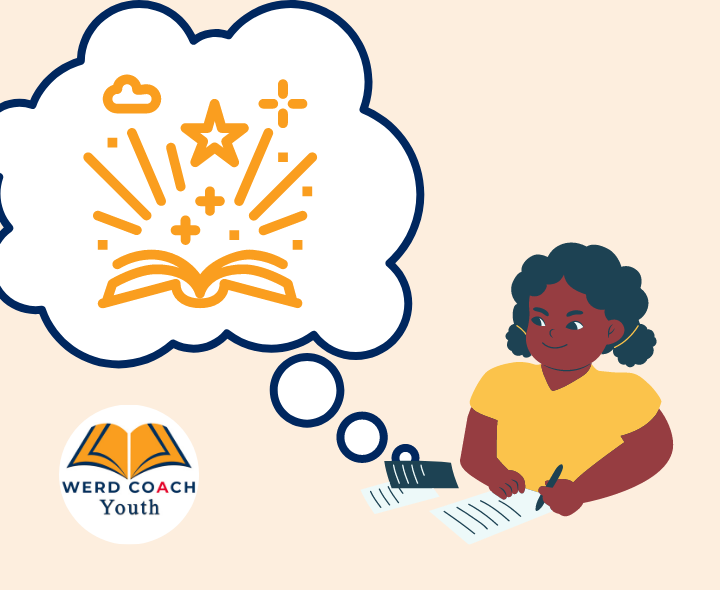Have you ever wondered what skills young writers need to write short stories well?It’s one of those areas that can be overwhelming. Many of us think specifically about grammar, vocabulary, spelling, and punctuation when it comes to writing, but there’s a lot more to it than that. Here’s a list of 21 Things Young Writers Should Know to Respond Well to SEA Prompts:
- How to interpret prompts effectively.
- How to recognize/choose the type of story and fiction subgenre they’re writing.
- How to select and name characters, keeping the number to a minimum.
- How to plot stories within 10 minutes.
- How to engage readers with an effective hook.
- How to introduce the main character in the introduction.
- How to express what the main character wants.
- How to give background information in the introduction to establish context.
- How to describe setting in the introduction.
- How to introduce the conflict and show the main character’s reaction to it.
- How to escalate the conflict over two or three incidents while showing how the character responds to the escalating drama.
- How to make the conflict significant and relevant to the story and the character’s situation.
- How to describe setting as part of the story, gradually through the perspective and experience of the main character.
- How to describe the main character throughout the story, gradually as the readers learn more about who the person is, what they want, their reactions, and emotions.
- How to explain the climax as the main character gives the final push to achieve their goals.
- How to resolve the story through the falling action and the lessons the main character has learned from the experience.
- How to use imagery to show readers what’s happening.
- How to focus on the story and the relevant details.
- How to move the action of the story forward, transitioning between ideas.
- How to include dialogue in appropriate ways.
- How to review and edit their own writing.
What would you add to the list?
(NOTE: This list does not highlight grammar and other skills for general writing proficiency. It focuses specifically on the abilities required for creating great stories. The assumption is that writers have a good grasp of the English language, even if not a perfect one. Grammar, punctuation, sentence construction, and spelling should be taught in separate lessons.)





